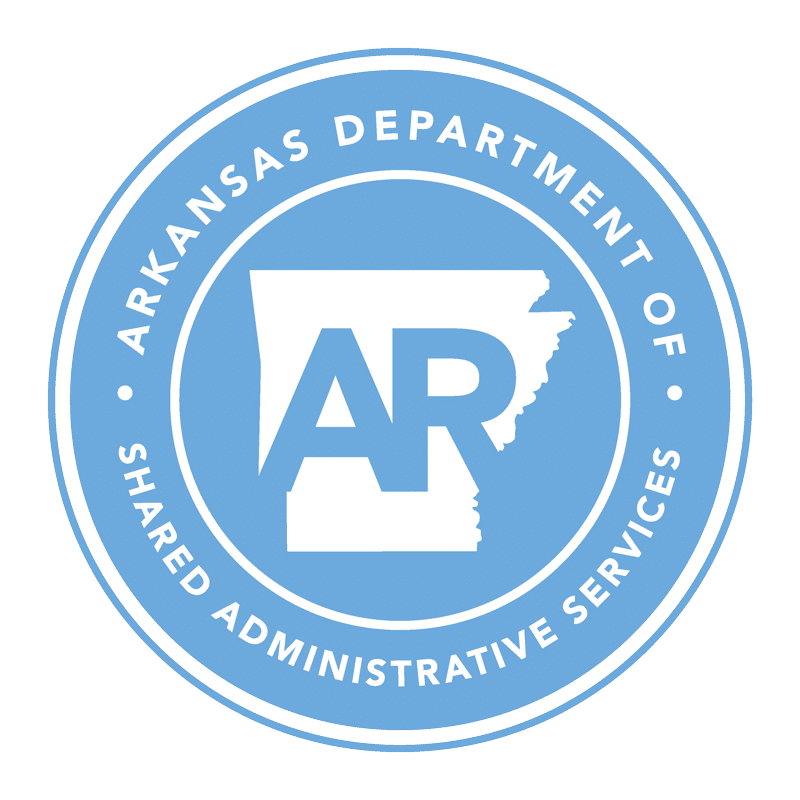Public Land Survey System Corner Control
The Division of Land Surveys is pleased to announce the first publication of Public Land Survey System, Corner Control Points in the state. One of the chief missions of the Division of Land Surveys is to restore, maintain, and preserve the land survey monuments, section corners, and quarter section corners established by the United States Public Land Survey (PLSS) in Arkansas. These records become a part of the Division’s certified corner restoration program.
In 2016 the Division of Land Surveys began an intergovernmental agreement with the City of Jonesboro, City Engineer’s office on the control points in their area. The City and its contractors had been working for several years on establishing a city-wide control network that was based on the public land survey system corners. The Division realized a significant part of that work was the collection of high precision coordinates on the recovered PLSS corners. Jonesboro had already done all the heavy lifting. At the same time, staff in the GIS Office had been working with the U.S. Bureau of Land Management (BLM) on ways in which the state could provide stewardship for the PLSS GIS layers the BLM had developed. They were coordinating with Robert Mandzi who is the PLSS Data Set Manager of the BLM Eastern States Office in Washington DC. Mandzi played a key-role in coordinating with the state. Arkansas staff received detailed instructions from him on what is effectively a blue-print of the database structure. The blueprint is how the BLM stores these control points. The GIS staff adapted the blueprint for Arkansas, and the Jonesboro project served as the testbed for storing the control points.
Although the data covers a relatively small geographic area, the significance is major in scope. This structure represents a perfect case of local (high-quality) data integrated at the state level and then rolled up to the national level. The local control data will improve the quality of the PLSS by allowing the township, range and section lines in this area to be adjusted. Mandzi said, “Every bit of data helps. I hope this will be the start of a continual updating and improvement of the state control data set and the CadNSDI PLSS grid.” The coordination structure lays the foundation for future corner control points to be added to the database over time. John Thornton, Arkansas State Surveyor said, “The corner restoration and retracement of the Public Land surveys is of primary importance to the public and the surveyors who are using this information daily. Combining our information with BLM, which is the keeper of the original records, will provide access that will continue to be perpetuated.” Adding the layer to the gis.arkansas.gov platform was approved by the State GIS Board at their June, 2017. Scott Foster, a Professional Surveyor who is a member of the Board said, “This is a major step in the perpetuation of PLSS corners in the state and we are thankful for our partnership with BLM as well as our continued partnership with all surveyors in Arkansas. We should as surveyors strive to continue this valuable database.”
Presently, the certified corner records are kept in a searchable archive maintained by the Division at http://surveyor.arkansas.gov . The archive shows the corner sheets with information used by Professional Surveyors, but the record itself is only a scan of the paper document, and not all of them contain precise latitude and longitude coordinates. The Jonesboro project is a stepping stone toward the future of preserving Arkansas’ public land survey system. The corner control data can accessed at http://gis.arkansas.gov/product/plss-corner-control-points/ and the First Division polygons at http://gis.arkansas.gov/product/plss-first-division-sections-blm/

